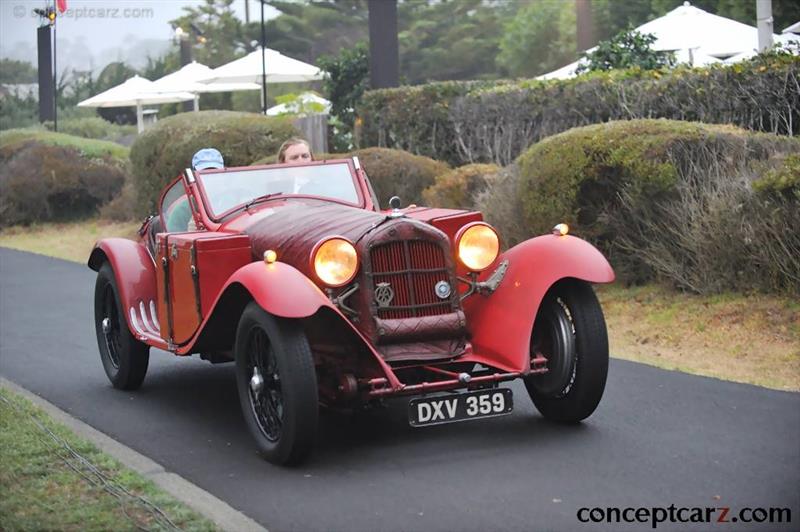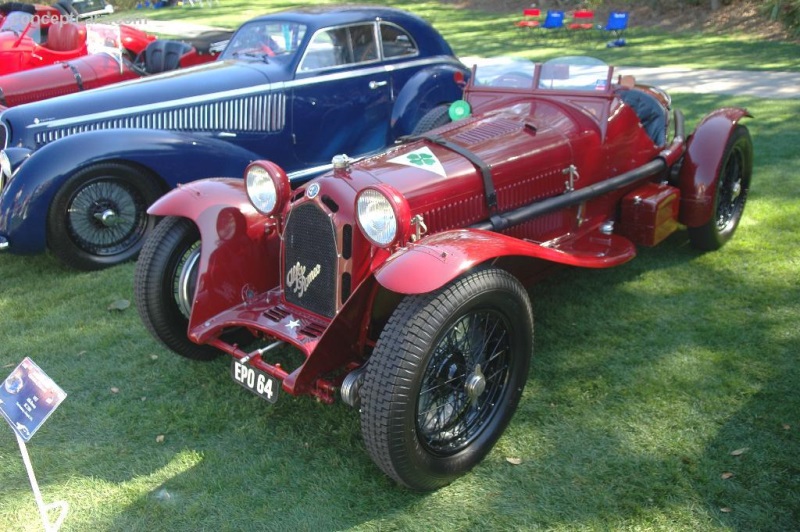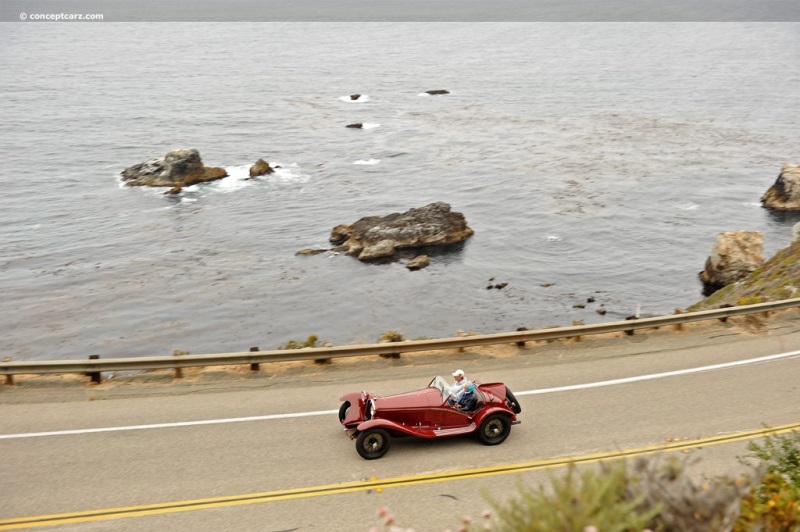Alfa Romeo's ability to remain at the forefront of international motor racing was the result of the engineering genius of Vittorio Jano, beginning with the straight-eight cylinder P2 which won the first World Championship ever in 1925. The 6C 1500 that followed was first unveiled at the Milan Show in April 1925 and would set new standards for lightweight, high-performance motorcars. The water-cooled, double-overhead-cam, 6-cylinder engine displaced 1,487cc and produced 76 horsepower. Engine displacement grew to 1,752cc in 1929 resulting in the 6C 1750 Series, the 1,917 cc version in 1933 (6C 1900), the 2,309cc in 1934 (6C 2300), the 2,443cc in 1938 (6C 2500), and 2,955cc version in 1948 (6C 3000). 
LeMans Roadster
View info and historyThe first road-going eight-cylinder Alfa Romeo model was introduced in 1931 and served as a successor to the 6C 1750. Benefitting from a design courtesy of Vittorio Jano, the 8C 2300 was a series of high-performance cars capable of sustained full-throttle running on high-speed roads. During the first half of the 1930s, the 8C was a dominant force in motorsports competition, winning the 24 Hours of Le Mans on four occasions, three consecutive wins at both the Mille Miglia and Targa Florio, as well as back-to-back wins at the 24 Hours of Spa. The 2.3 also led Alfa Romeo to develop the Monoposto Tipo B, or P3, which dominated Grand Prix racing, capturing 46 wins between 1932 and 1935.For the Italian Grand Prix at Monza, Alfa Romeo entered a specially prepared short-chassis spider whose oil tank was relocated from the nose to the center of the chassis, and four Siata dampers were mounted at the rear. The modified bodywork featured an external exhaust pipe traversing the length of the car, a slotted and cowled radiator, and a pointed 'torpedo' tail carrying a large fuel tank. Capari and Tazio Nuvolari drove the modified 2.3 to victory at the Italian Grand Prix, earning it the name - Monza. Many of the Monzas were built by Scuderia Ferrari, and Alfa Romeo did offer a few Monza models to a select group of customers who required a competitive factory-built racing car.The straight-eight, twin-overhead-camshaft engine powering the 8C 2300 was, in effect, two four-cylinder units built in tandem with the cam-drive gears amidship. The bore measured 66mm and the stroke of 88mm resulting in a displacement size of 2,336cc. The twin-lobe Roots-type supercharger was driven at 1.33-times crankshaft speed, helping to generate approximately 142 horsepower at 5,000 RPM. The Corto (short) chassis had a wheelbase size of 2.75 meters, and the Lungo (Long) version was 3.1 meters. The suspension was by semi-elliptic leaf springs, the stopping power was by four-wheel drum brakes, and the transmission was a four-speed manual. 
LeMans Roadster
View info and historyThe versatile 8C 2300, built in three distinct series through 1934 and could serve as a luxury car or a thoroughbred racer. In total, approximately 188 examples of the 8C 2300 were built. In 1933 the straight-8 engine was enlarged to 2,557cc with the bore measuring 68mm and the stroke at 88mm. Known as the 8C 2600, its output was rated at 215 horsepower. The 8C 2900 followed in 1935 and would be built through 1938. The 2.9-liter engine used two Roots-type superchargers and two updraught Weber carburetors to produce approximately 220 horsepower at 5,300 RPM. The 8C 2900B version that followed made some concessions to comfort and reliability, with the engine slightly detuned and the compression was lowered from 6.5:1 to 5.75:1. Output was not stated at 180 bhp at 5,200 RPM. The 2900B chassis was available in two wheelbase sizes, with the Corto (Short) measuring 110.2-inches (2,799mm) and the Lungo (long) at 118.1 inches (3,000mm).
by Daniel Vaughan | Sep 2022
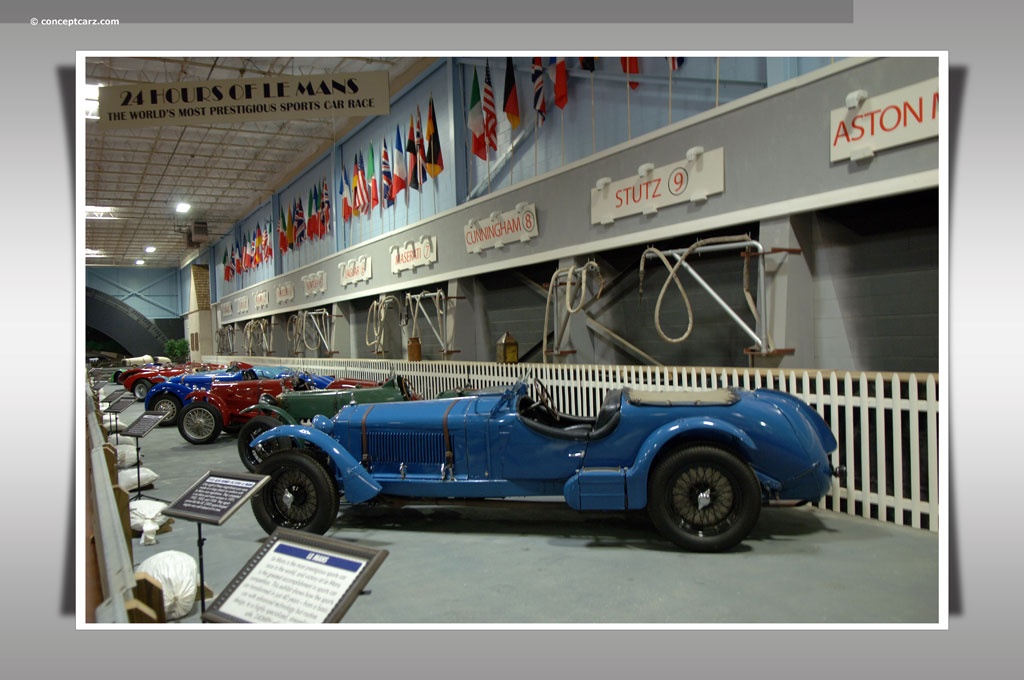
LeMans Roadster
View info and history
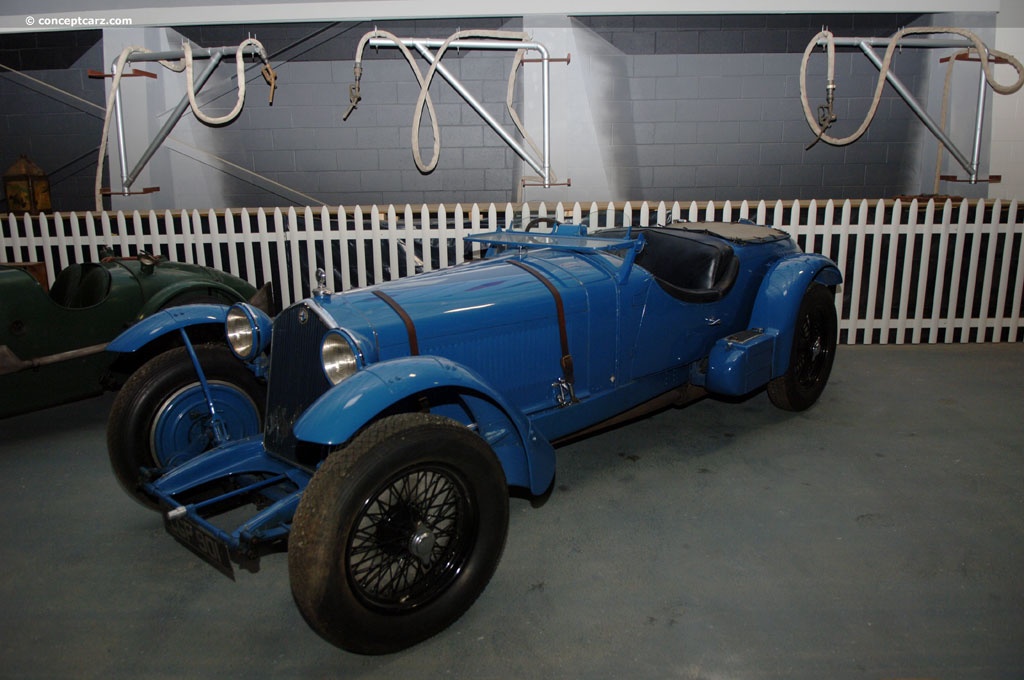
LeMans Roadster
View info and history
by Daniel Vaughan | Sep 2022
Related Reading : Alfa Romeo 8C History
Vittorio Jano was responsible for the design of the magnificent engineering marvel, the 8C 2300. The name was formed by following Alfa Romeos naming convention the 8C represented the eight-cylinder engine while the 2300 represented the cubic-capacity. The engine is comprised of two four-cylinder engines with the cylinders aligned in a row. Central gearing drives the overhead twin camshafts. A Roots-type....
Continue Reading >>
Continue Reading >>
Alfa Romeo Monthly Sales Volume
March 2023
2,390
1933 Alfa Romeo 8C 2300 Vehicle Profiles
Recent Vehicle Additions
Performance and Specification Comparison
8C 2300 Specification Comparison by Year
Year
Production
Wheelbase
Engine
Prices
Related Automotive News

1962 Ferrari 250 GT SWB California Spider to Lead Gooding & Company's Amelia Island Auctions Alongside Stable of the Finest Ferraris
The star car of the auctions will be a one-off 1962 Ferrari 250 GT SWB California Spider, joined by a 250 GT Tour de France Berlinetta, a 250 MM Vignale Spider, and other examples of Maranellos finest models.
Leading international auction...

Phenomenal Ferraris and Italian Thoroughbreds Offered at Gooding & Company's Pebble Beach Auctions
The auction house announced a stable of Italian star cars, including a 1950 Ferrari 166 MM Berlinetta Le Mans, a 1961 Ferrari 400 Superamerica Series I Coupe Aerodinamico, and a 1954 Ferrari 500 Mondial Series I Spider.
A stunning group of star...

Ex-Scuderia Ferrari Alfa Romeo 8C 2300 Monza Spider By Zagato Scoops Best Of Show At Salon Privé
Alfa Romeo 8C 2300 Monza Spider by Zagato raced by Tazio Nuvolari wins top award
Leading designers present inaugural Churchill Cup to rare Lancia Astura
Duke of Marlborough selects his favourites on two wheels and four
Record entry for the UKs...

'Storie Alfa Romeo' Episode 2: Iconic 6C 1750 Foretells Future And Dominates Its Era
In the 1930s, the 6C 1750 possessed the unique ability to win both races and design awards
With outstanding power to weight ratio and perfect balance, the 6C 1750 launched technical traditions that continue today
The flying man from Mantua...

Gooding & Company Presents Three Significant Competition Ferrari Berlinettas At The Company's 15Th Annual Pebble Beach Auctions
These three cars showcase Ferraris lineage of competition GT cars. Selections include the 1966 Ferrari 275 GTBC, the 1959 Ferrari 250 GT Tour de France, and the 1950 Ferrari 166 MM195 S Berlinetta Le Mans.
Santa Monica, Calif. (June 28,...






























